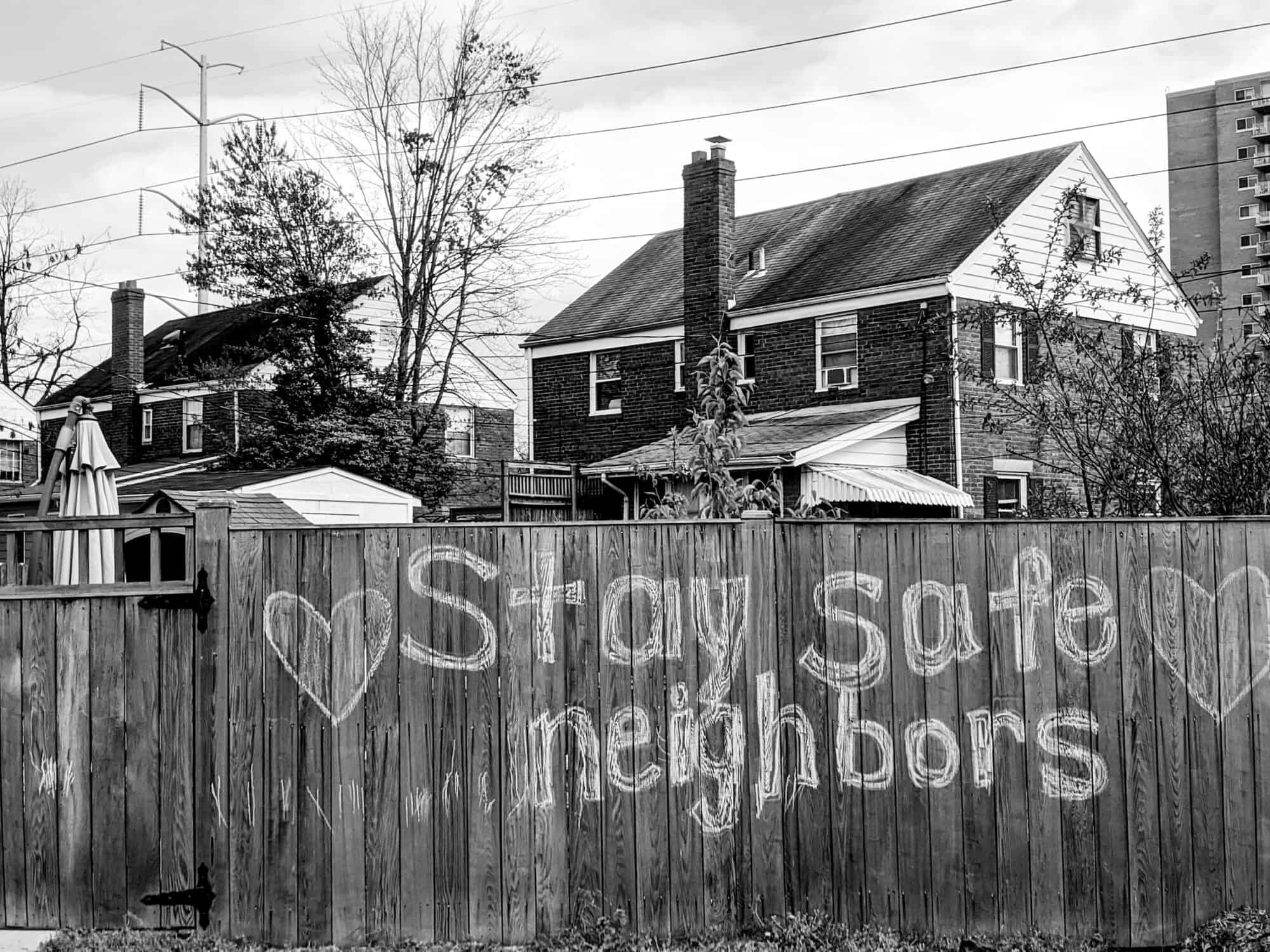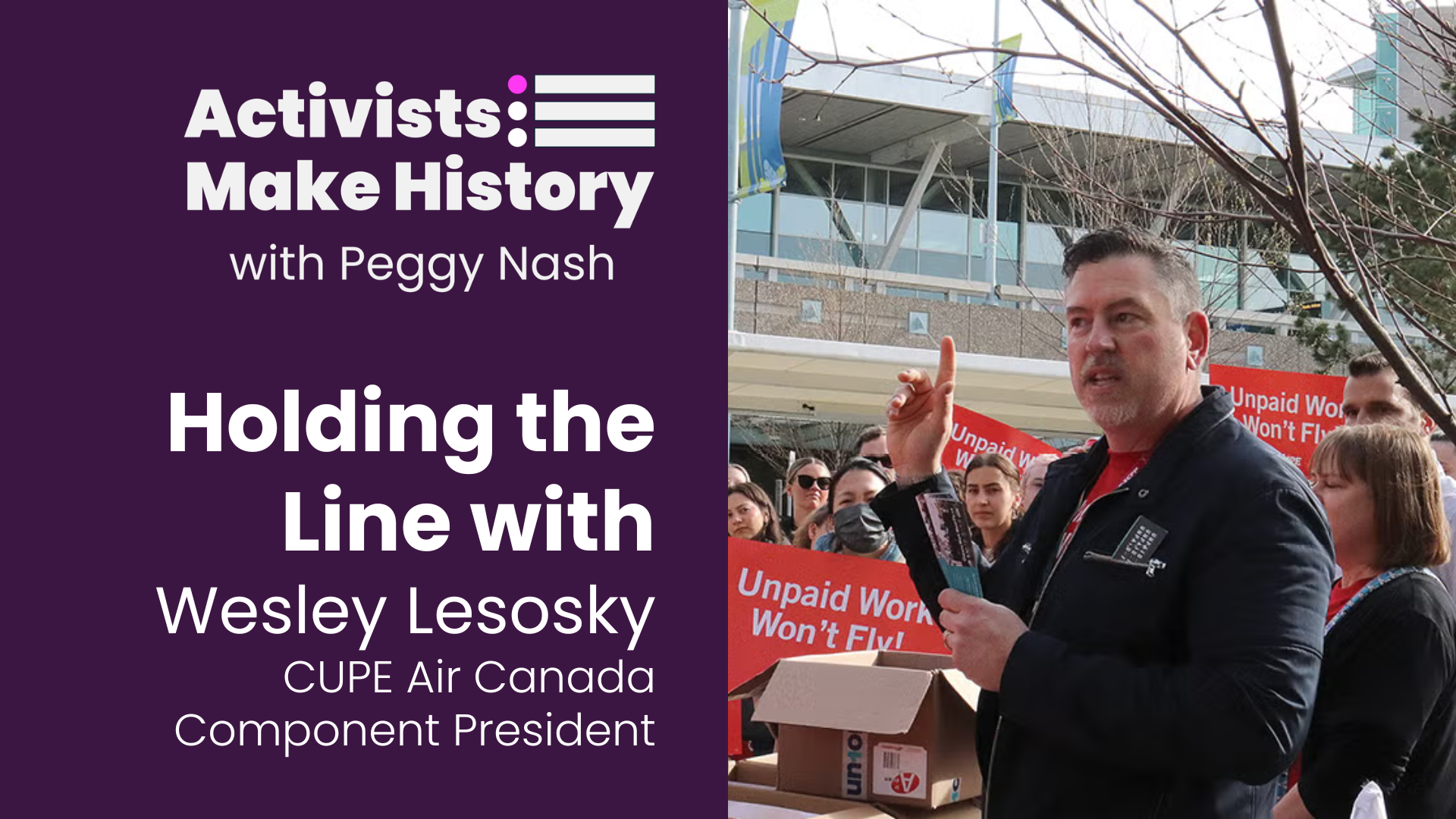As jurisdictions across Canada begin to move towards recovery, the COVID-19 pandemic has called for a renewed approach to combating Canada’s housing crisis. Employment losses and financial insecurity caused by the virus present risks to fixed costs like housing. Manitoba’s Rent Assist and Quebec’s Rent Supplement Program, two provincial programs that have been in existence pre-COVID-19, provide a precedent for government rent support programs moving forward.
Having access to safe, affordable and decent housing is the backbone of a COVID-19 response & recovery. The federal government’s National Housing Strategy, developed and implemented in a pre-COVID-19 scenario will need to be revisited to account for the pandemic. It’s Housing Benefit program, a program designed to provide support to those in housing need, while currently in flux, is not suitable to immediately respond to the issue of lost income and job precarity caused by the virus. For these reasons, COVID-19 housing solutions should reflect two time periods: the re-opening and recovery phase. The first, being an interim measure provided as people adjust to the realities of the new economy and the second being a long-term, permanent plan to support low income households in a post COVID future.
The Broadbent Institute’s Senior Policy Analyst Brittany Andrew-Amofah interviewed former Deputy Minister of Ontario & Manitoba Michael Mendelson on Canada’s housing crisis in the wake of the COVID-19 pandemic, and what housing solutions should be considered as Canada moves towards a recovery. Michael Mendelson is currently a Maytree Fellow.
Brittany Andrew Amofah: As a former Deputy Minister in Ontario and Manitoba, what were the COVID-19 related issues that have stood out to you the most?
Michael Mendelson: Quite honestly, my first thought after the extent of the COVID-19 crisis became apparent was not about housing as such; it was about all those settings where provincial governments are responsible for congregate living arrangements. First, nursing homes and other congregate residences for seniors who are obviously an extremely vulnerable population. This has always been a poorly regulated sector and I fear that it has become worse as for-profit companies have played an increasing role in the sector.
But not just nursing homes – correctional facilities too. If I were a Deputy right now I would have called together a committee of the main actors in the correctional system – judges, prosecutors, defence bar, correctional officers and so on – and started to find ways to get all non-violent offenders and older prisoners out of the system immediately. There are also group homes, rehab centres, mental health residential facilities and many others.
Secondly, the most vulnerable people, people who are homeless or near-homeless, kids who are in uncertain living arrangements, undocumented workers and so on – these people are not going to be reached by mainstream programs like the CERB. For this we need people on the ground from social agencies who know the people they serve and are trusted.
BAA: From your view, what is the current state of rental housing across Canada?
MM: In one sentence: there is too little affordable good quality rental housing. We need to realize as they have long ago understood in Europe that cities need a steady and consistent program of building affordable rental housing that is attractive, modern and fits into communities. The dynamics of the housing market are such that households with lower incomes are never going to be adequately served through the private market. Building affordable housing should be part and parcel of the core infrastructure needed to make a livable city, just like schools, transportation and hospitals.
We have an endemic problem on the supply side but we also have an on-going problem on the demand side. Programs like the Canada Child Benefit have helped households with children quite a bit and provinces tend to be somewhat more generous in their social assistance rates for those with dependent children, but shelter allowances for single and couples without children are simply ridiculous.
BAA: How has COVID-19 exacerbated housing issues?
MM: The COVID crisis has made it more difficult to pay the rent for millions of Canadians. The federal government’s CERB program really helped many, many Canadians and it was delivered with amazing speed. But the economic fallout has just begun, and it is going to be felt for the next several years, not just months. There are going to be a lot more families having difficulty making ends meet and having to choose between feeding the kids and paying the rent. Also, many homeowners will have difficulty with mortgage payments. I am anticipating increased urgent sales and discount rentals in condos. So maybe we will have some decrease in rents for the first time in many years.
BAA: Do we need to be concerned about individuals not being able to pay their rent once the economy fully re-opens?
MM: Yes we do need to be concerned. And the people who are likely going to have the most trouble are those who have had the relatively low paid jobs in sectors that will take a long time coming back and may not ever come back in the same way. 1.8 million Canadians are employed in the hospitality sector. Those who were on social assistance before the COVID crisis are likely going to be just about as badly off as they were before but no worse, but the people who are going to be most affected are those who have been working full time or part of the time and who now find themselves unemployed or working far fewer hours.
BAA: Manitoba has had a rent support program in place prior to the pandemic, called Rent Assist. Can you explain what the program is?
MM: In 2015, Manitoba pioneered a brand-new type of housing program in Canada, called ‘Rent Assist’. Rent Assist is unique in making housing affordable for almost every resident of the province. Where other provinces and territories only provide subsidies for a limited number of renters in subsidized units or pay a few extra dollars to offset a small portion of their rent; Manitoba’s Rent Assist housing allowance is designed so that renters in the private market pay no more than 28 percent of their income on housing, if they are renting a modestly-priced apartment (defined as 75 percent of median market rent). The 28 percent has now been increased to 30 percent. The Conservative government in Manitoba has largely kept the program in place and supported it. This shows that a well-designed program that serves everyone equally can be politically viable. This is the only program in Canada that has managed to improve the material conditions for singles without children and maintain wide-spread political support.
BAA: Where did the inception for Manitoba’s Rent Assist come from?
MM: Manitoba has long had a rent supplement program, along with two other provinces: BC and Quebec. In Manitoba anti-poverty activists had initiated a campaign to improve assistance for rent. One of the sore spots was the extremely low social assistance rates for shelter for singles and couples without children. We discuss the origins of the Rent Assist program in the paper I noted in the previous question. The NDP government of the day was receptive but knew that just raising social assistance rates would not help the working poor and likely not be sustainable as the rates would just be eroded over time by inflation or even reduced if the government changed hands. The government responded to the campaign by going one step further than the campaigners had even demanded and introduced a rent assistance program for the whole population, whether working or not. Learn more about its inception here.
One of the unique features of Rent Assist is that it is based not on what a person pays for rent; rather the benefit is calculated according to Median Market Rent. Landlords in Manitoba also like the program because it is tied to an indicator of the real private market and keeps up with price changes. The other unique feature is that it is an entitlement program. Anyone meeting the income criteria can obtain the benefit. There is no waiting list.
BAA: How can a Rent Assist program help during COVID-19?
MM: Rent Assist is based on income tax reported in the previous year, like the Canada Child Benefit and GST credits. It is based on last year’s income as reported for tax purposes, so it will not respond to a sudden in-year emergency. So next year, Manitboa’s Rent Assist benefits will automatically increase for all those households whose income have declined the year before [the year we are in now]. As we talked about earlier, the effects of the economic crisis are going to be around for a while and the increases built into Rent Assist are going to be most helpful in the aftermath for Manitoba families. For the economy as a whole, the program is also acting as an automatic stabilizer, just as a good social program ought to.
BAA: Since a program like Rent Assist is not designed to provide immediate relief, what do you recommend instead?
MM: To reflect our current time, I would have a special emergency provision allowing households to attest to their most recent month’s income and have them eligible for Rent Assist and or subsidy on a month-by-month basis at least for the remainder of this year. Effectively the emergency Rent Assist would function as a top up. In some places where 75% of the median market rent is less than 30% of CERB, most households would not be eligible for any payment. In other words, this would truly be only an emergency top-up.
In terms of who is responsible: either the feds or the provinces could pay the emergency top up, but because median rents vary so much from region to region I think it would have been more appropriate for this to be a provincial program.
BAA: Do you recommend that a potential rent subsidy go to the landlord or tenant?
MM: The subsidy should go to the tenant with the tenant having the option of redirecting the payment directly to the landlord.
BAA: Where does the National Housing Strategy’s Housing Benefit fit into all of this?
MM: Quite honestly, the National Housing Strategy Housing Benefit is just too little money stretched out over too long a time-period to make much difference. Most provinces are using the benefit for narrowly focused special programs, such as supported shelter for victims of family violence. Obviously, these programs are important, but they are only for a few people and do not really do anything to address the broader issues in the housing sector. On the other hand, the National Housing Benefit is at least showing that it is possible for the federal government to play a positive role and it is perhaps laying the groundwork for a more broad-based program.
BAA: Where does Rent Assist fit in the context of affordable housing?
MM: Rent Assist addresses the ‘demand side’ of the housing market, but it does not address the supply side. Even with Rent Assist the private market will not create enough good quality affordable rental housing, so we need to complement Rent Assist with a consistent, steady program to build affordable, good quality housing. In theory Rent Assist could provide an added incentive to build lower rent apartments because it gives landlords a guaranteed floor for rent. However, I fear that even 75 percent of Median Market Rent is not enough to really stimulate much building, so we are going to need a complimentary supply-side program.
BAA: What can we learn from Manitoba’s Rent Assist program?
MM: I think the main lesson is that a well-designed program that is relatively simple to understand and addresses the whole population will be popular and sustainable, like the Canada Child Benefit. For anti-poverty campaigners the lesson is that we should not focus on raising social assistance rates, rather we should try and find ways to improve incomes for everyone with low incomes. Solidarity rather than division.
BAA: What should governments consider when designing a rent assist or subsidy program? What needs to be in place?
MM: Governments need to consider both ensuring fair treatment for low-income workers and setting up a more modern income security system, so in my view this calls for a broad-based program of rent assistance that goes to everyone whether employed or not. The program should be based on income tax so it minimizes additional paperwork and stigmatization: but then governments need to take into account the reality that some incomes will change radically during the year, so the social assistance system or some other program needs to be in place allowing households whose income has fallen below a minimum level to enroll mid-year. Finally, the amount of rent assistance needs to be based on some market-relevant indicator, like in Manitoba where it is 75 percent of median market rent, instead of being calculated according to the rent an household pays. This allows renters to make their own decisions about where they want to spend their money, it minimizes the impact on the rental market and it keeps the program indexed so it is not eaten away by inflation every time, and very practical.
This interview has been edited and condensed. Special thank you to Scott Leon, Housing Researcher at the Wellesley Institute for helping to craft this interview.





